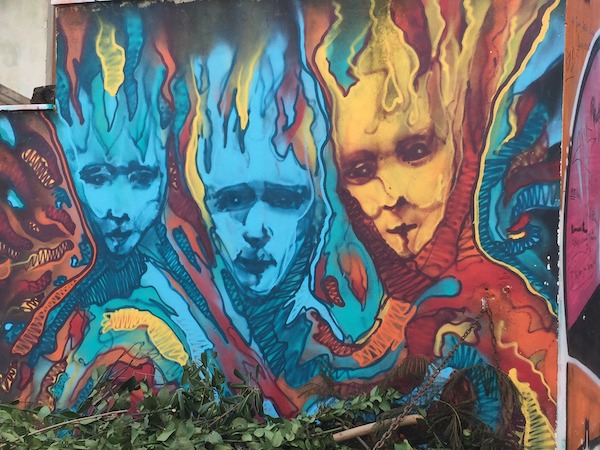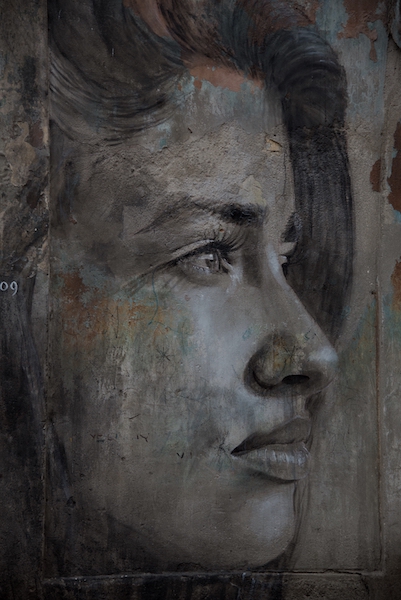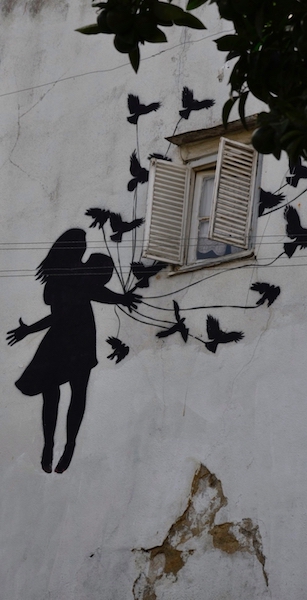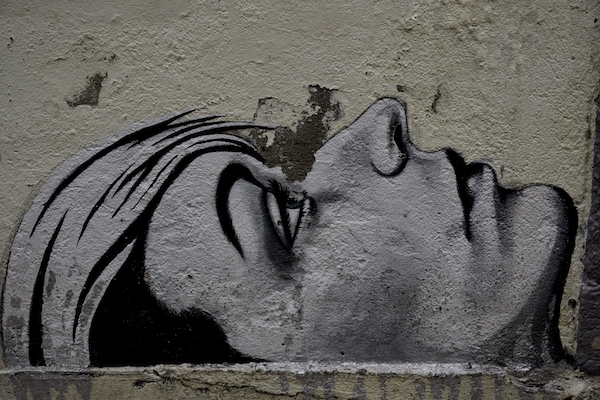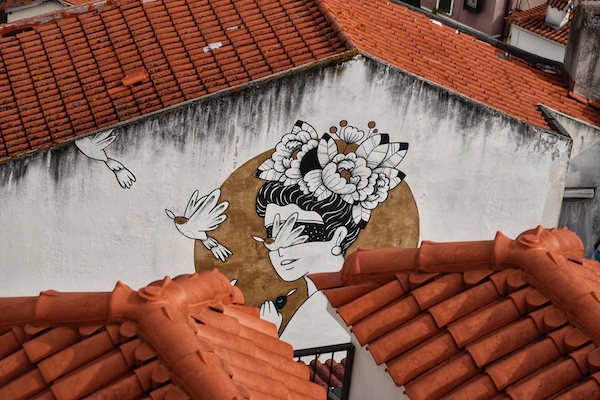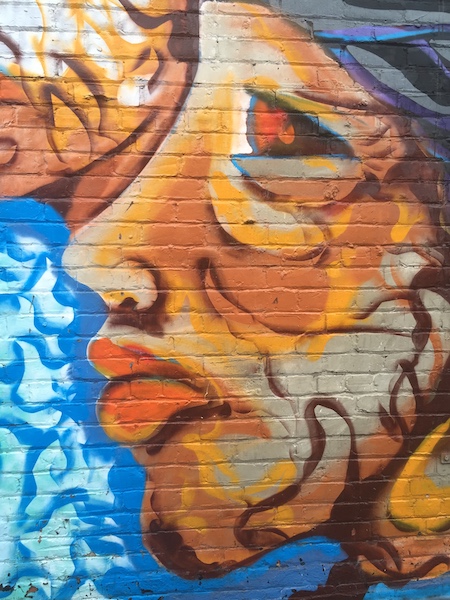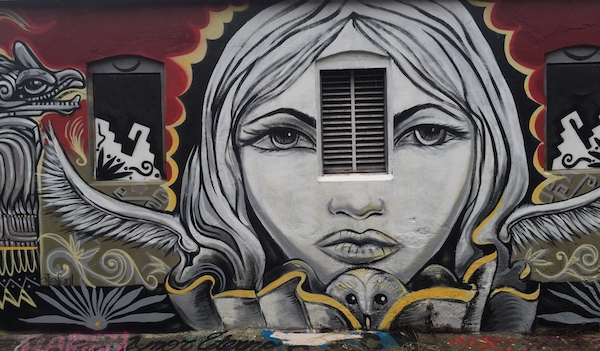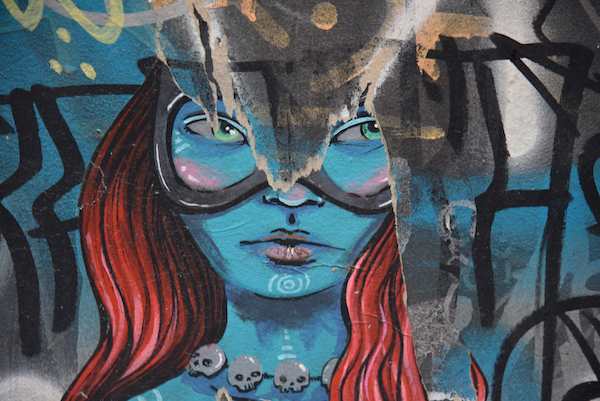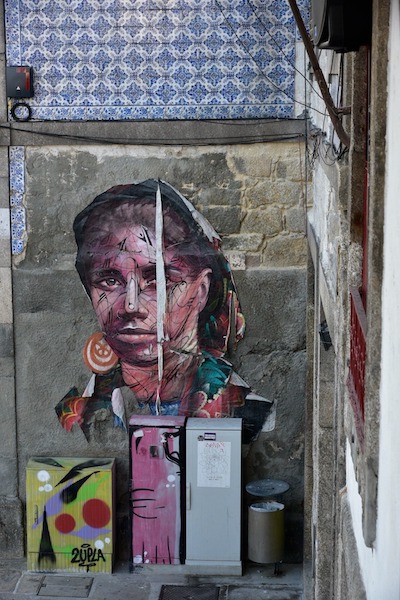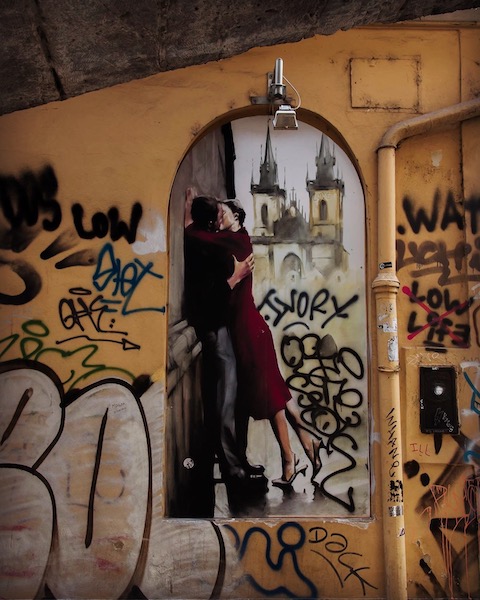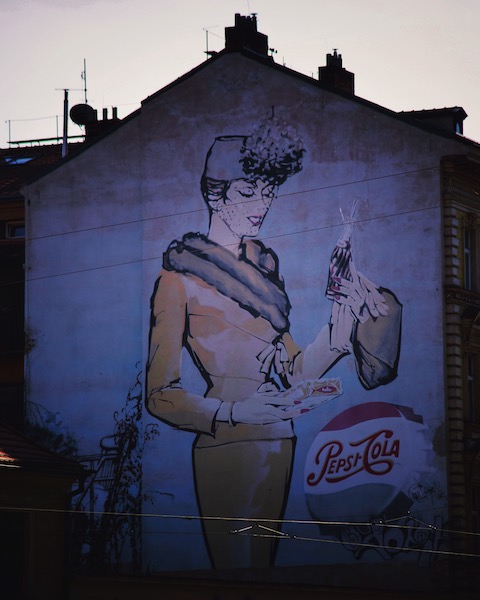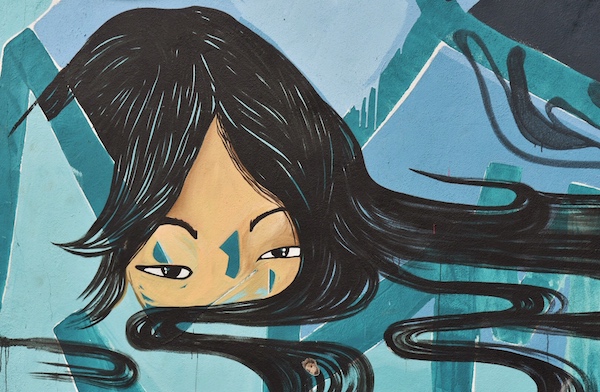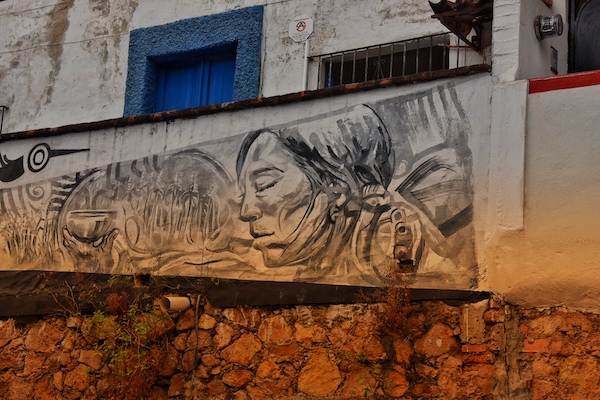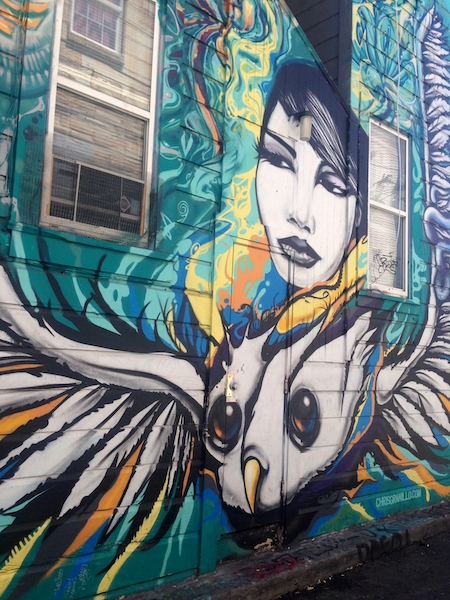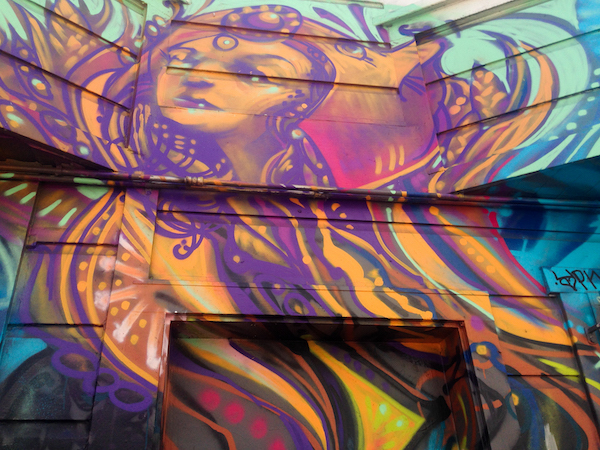Women in Graffiti

“Is street graffiti . . . art? And how representative of the world’s artists is graffiti? One of the most omnipresent types of public expression, graffiti is usually seen on walls, though the types of public “canvas” are myriad. No surprise: the art form goes back to the ancient Egyptians and Greeks, and remains a potent means of expressing cultural, societal, and political messaging . . . as well as discrimination, prejudice, and sheer frustration. Additionally, it broadcasts opinion with conviction and passion (and, occasionally, wit). Depending on where you find yourself, you will see public spaces serving as huge canvases for political and social cries of the heart . . . or as simply other big spaces to decorate.”—Chiara-Sophia Coyle
Clicks & Relativity
By Chiara-Sophia Coyle
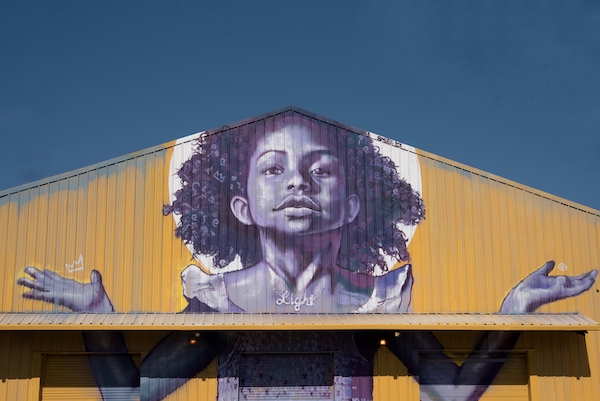

SONOMA California—(Weekly Hubris)—1 December 2022—Is street graffiti . . . art? And how representative of the world’s artists is graffiti? One of the most omnipresent types of public expression, graffiti is usually seen on walls, though the types of public “canvas” are myriad. No surprise: the art form goes back to the ancient Egyptians and Greeks, and remains a potent means of expressing cultural, societal, and political messaging . . . as well as discrimination, prejudice, and sheer frustration. Additionally, it broadcasts opinion with conviction and passion (and, occasionally, wit).
Depending on where you find yourself, you will see public spaces serving as huge canvases for political and social cries of the heart . . . or as simply other big spaces to decorate.
The gender disparity in street art is pretty acute. Many claim that the physical danger of working outdoors, after hours, makes women reluctant to participate. There are more women artists on the scene now, though, which may explain why there is more street art featuring women. For decades, if not centuries, the genre was almost exclusively the domain of men, and breaking into this all-boys club has proved challenging, both in terms of safety and entrenched sexism.
In general, graffiti, mural, and street art are seen as a dirty business. Scaling heights, sneaking through alleys, and running the risk of being arrested if you happen to “paint” in areas where this sort of expression is prohibited have required some grit, if not sheer muscle. Graffiti isn’t created in the studio: it’s rougher, grittier, darker.
The great news is that the form is becoming more mainstream (well, I suppose it still does depend on where you live). In more socially aware areas, some businesses, whether publicly or privately owned, will now give graffiti artists free rein.
This December, I’m sharing a portfolio of some of my favorite street art images featuring women as the main subject.
And since it’s the season of gifting, my gift to you all at “Weekly Hubris” is a digital 2023 calendar (including December 2022), illustrated with my favorite female graffiti images. If you would like a copy, please use this link or reach out to me by email at sophia@archelifecoaching.com.
